For some people, eating fruits and vegetables is boring. There is a mistaken belief that they don’t have much flavor or that the flavor doesn’t vary, but that’s not true. In this case, juices can be a way to add vegetables to the diet.
The Mayo Clinic describes that it is necessary to know what to eat and how to prepare it and learn new recipes to enjoy natural flavors.
Katherine Zeratsky, editor of Mayo Clinic’s nutrition and healthy eating guide, reflects on the fact that juices are not healthier than eating whole fruits and vegetables.
The juice contains most of the vitamins, minerals, and plant chemicals (phytonutrients) found in fruits and vegetables, but it is important to remember that whole fruits and vegetables also contain healthy fiber, which is lost in juicing.
“Some believe that juices are better than eating whole fruits and vegetables because the body can absorb nutrients better and it gives the digestive system a break from digesting fiber. They say that juices can reduce the risk of cancer, boost the immune system, remove toxins from the body, aid digestion, and help with weight loss. However, there is no scientific evidence that extracted juices are healthier than the juice obtained by eating the fruit or vegetable itself,” she clarifies.
Experts also agree that although vegetables are often cooked for consumption, both should be consumed raw if possible, so juices and salads are a possibility. “All enzymes and most vitamins are extremely sensitive to heat and cooking often destroys them.
Vary the juices
Leticia Rodríguez, a doctor in biological medicine at the Hunab-Ku Clinic, explains that drinking a glass of juice every day provides essential elements for health. One suggestion is to drink one juice every week and vary it over the following weeks. Preferably drink it half an hour or an hour before breakfast.
Juices are metabolic and natural appetite regulators because, according to their ingredients, they help release enzymes, metabolizing ingested food and activating intestinal movement, while preventing constipation. They also help during the menstrual period and contribute to the proper functioning of the pancreas and liver, among other organs.
It is important to note that some people do not recommend consuming certain juices. For example, people with diabetes or kidney problems need to be careful with the amount of fruits, vegetables, and other foods they consume.
A 2017 study called Effects and Mechanisms of Fruit and Vegetable Juices on Cardiovascular Diseases conducted by Sun Yat-sen University and the University of Hong Kong in China explains that different evidence has indicated that the consumption of vegetables and fruits is positively related to a lower incidence of several chronic non-communicable diseases.
Although the composition of fruit and vegetable juices is different from that of the edible portion of fruits and vegetables, they contain polyphenols and vitamin B12. Studies showed that fruit and vegetable juices affect cardiovascular risk factors, such as lowering blood pressure and improving blood lipid profiles. The main mechanisms of action included antioxidant effects, improvement of cardiovascular system aspects, inhibition of platelet aggregation, anti-inflammatory effects, and prevention of hyperhomocysteinemia.”
So researchers say that drinking juice could be a potential way to improve cardiovascular health, especially juice blends because they contain a variety of polyphenols, vitamins, and minerals from different fruits and vegetables.
For example, grapefruit juice has an antihypertensive effect. It is also described that the high nitrate content in certain vegetables could be a source of cardiovascular-protective nitric oxide. A nitrate load in the diet is beetroot juice.
Tips for preparing them
- It is best to choose fruits and vegetables that are at the perfect ripeness. These products contain more vitamins and enzymes than those that are overripe or green.
- Consider blending the edible parts of fruits and vegetables to create a drink that contains more healthy phytonutrients and fiber. Fiber can help you feel full.
- Make only as much juice as you will drink at one time. Harmful bacteria can grow quickly in freshly squeezed juice.
- Vegetables, in addition to their vitamin and mineral components, contain chlorophyll, which has great therapeutic properties.
Practical recipes
Carrot juice
Ingredients
2 carrots
1/2 red bell pepper
1/2 green bell pepper
4 sprigs of parsley, chopped and blended
Preparation
Put these ingredients in a juice extractor and finally add the chopped parsley.

Cucumber juice
Ingredients
1 cucumber
3 celery sticks
2 carrots
lemon juice
Preparation
Blend the ingredients and finally add the lemon.
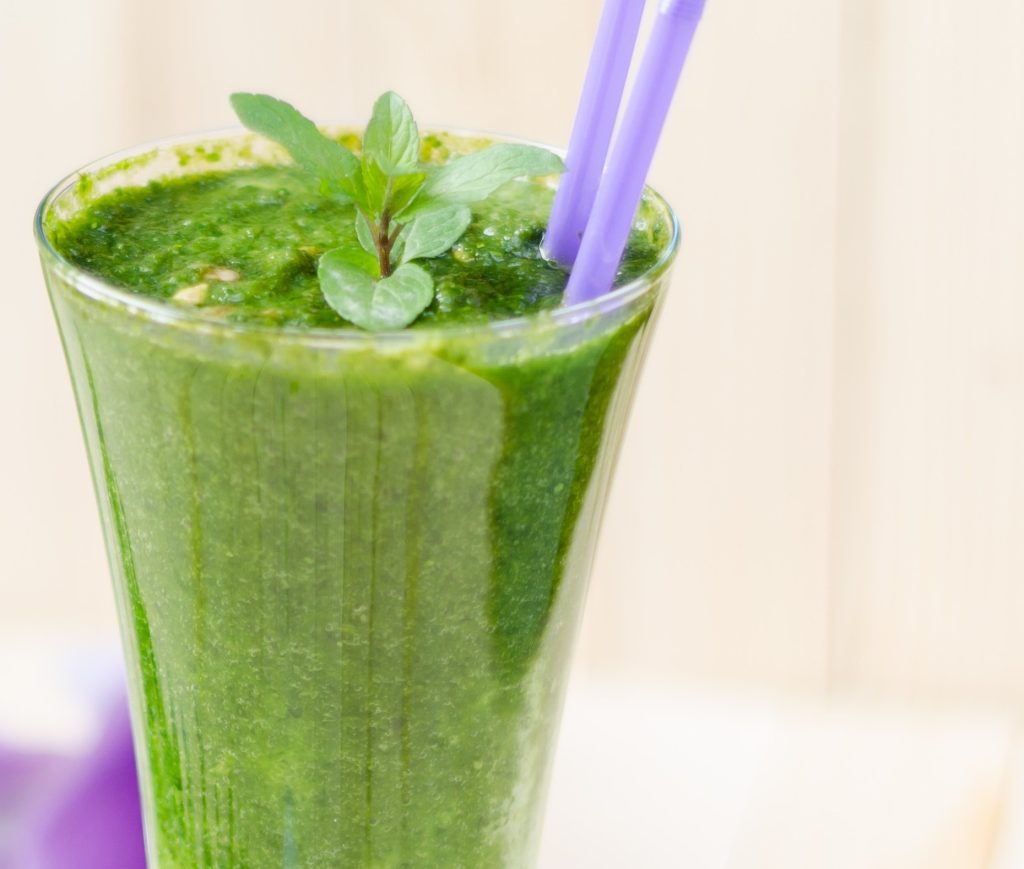
Beet juice
Ingredients
2 apples
1 carrot
1 beet
Preparation
Place these ingredients in the juicer.
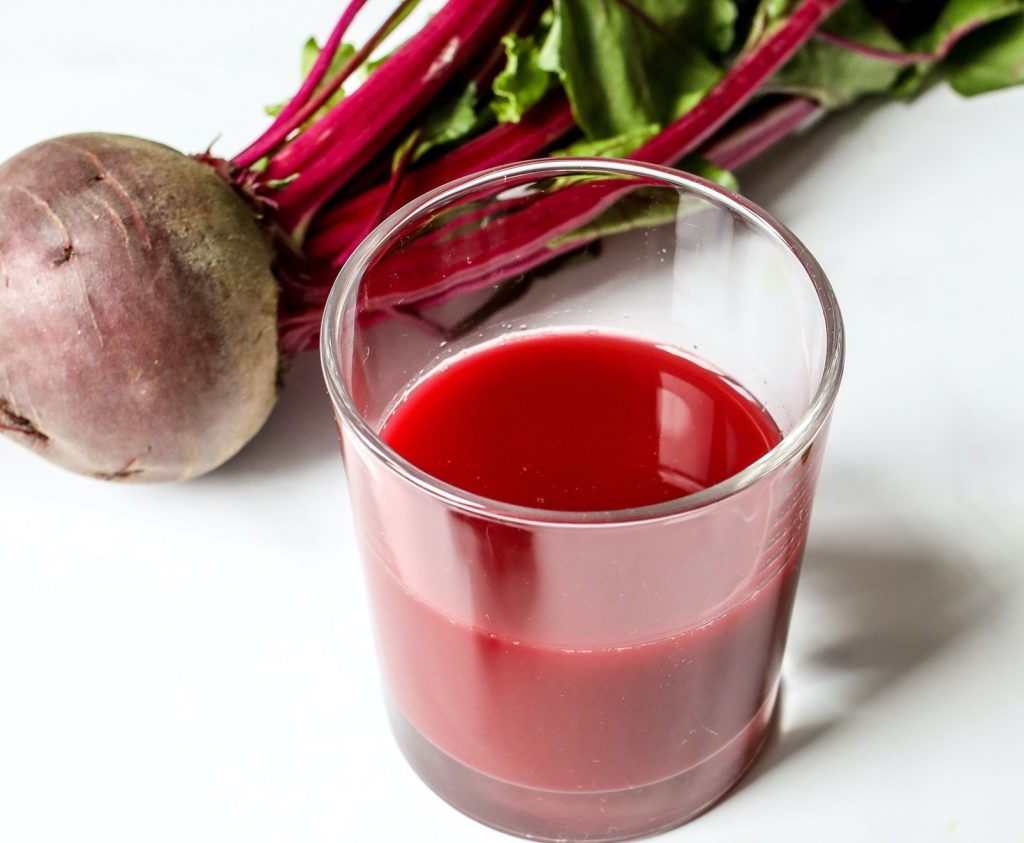
Carrot juice
Ingredients
5 carrots
2 centimeters of ginger
1 tablespoon of honey
Preparation
Place the ingredients in a juicer and finally add the honey.
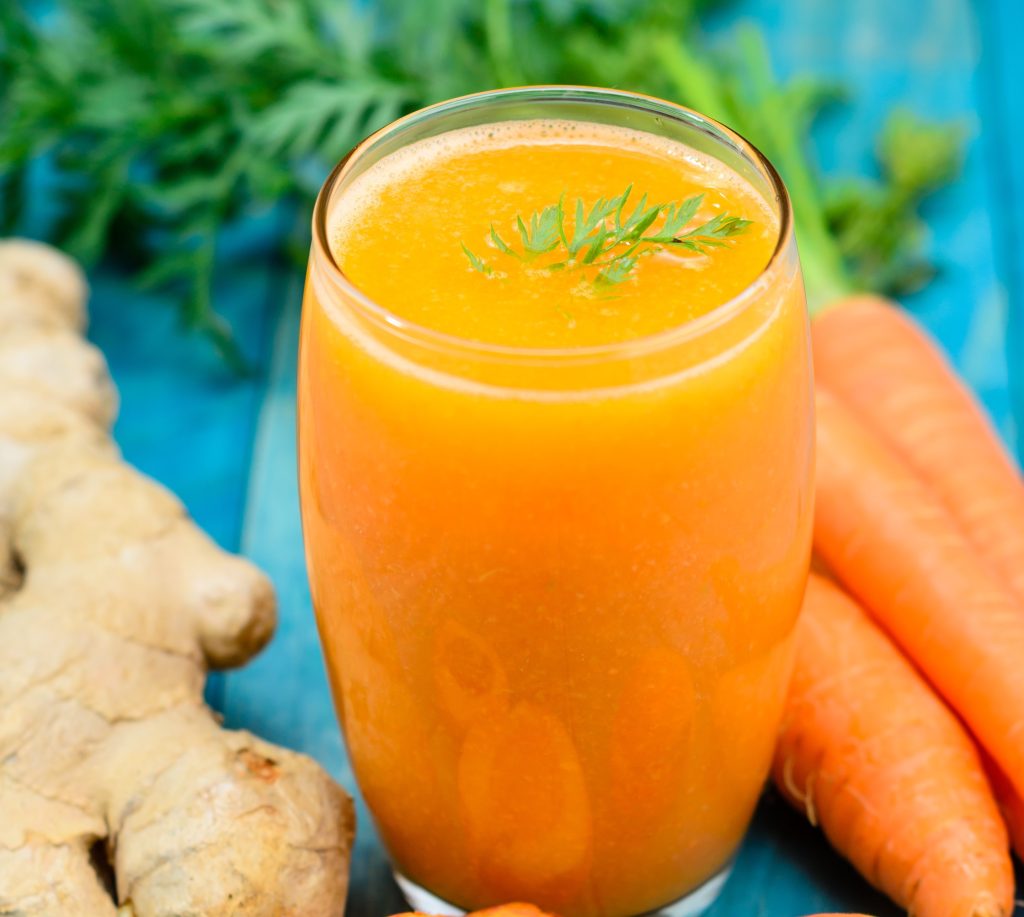
Cranberry juice
Ingredients
2 apples
2 cups of spinach leaves
2 cups of blueberries
Preparation
Blend the ingredients and serve immediately.
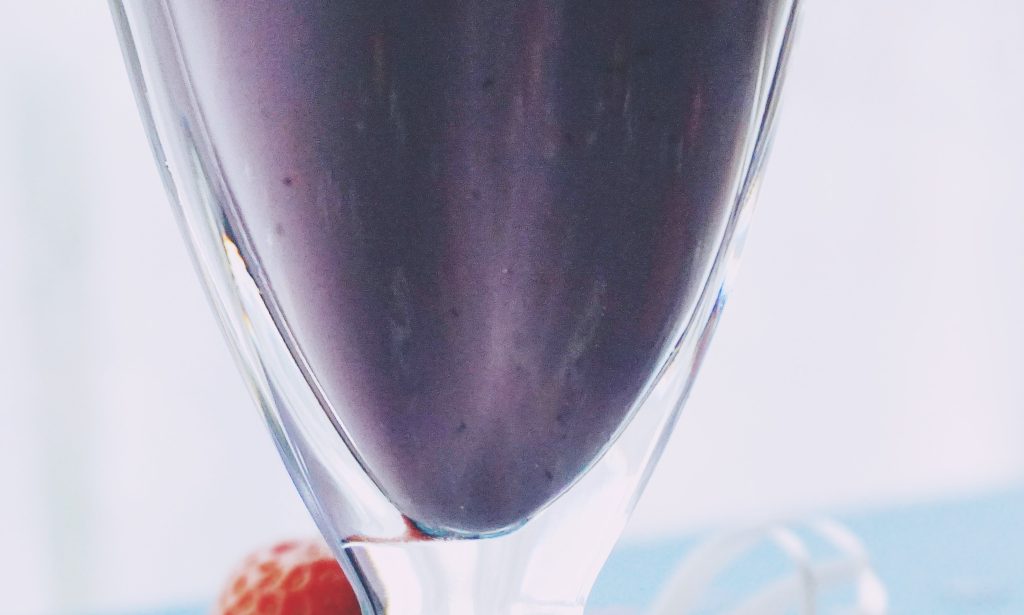








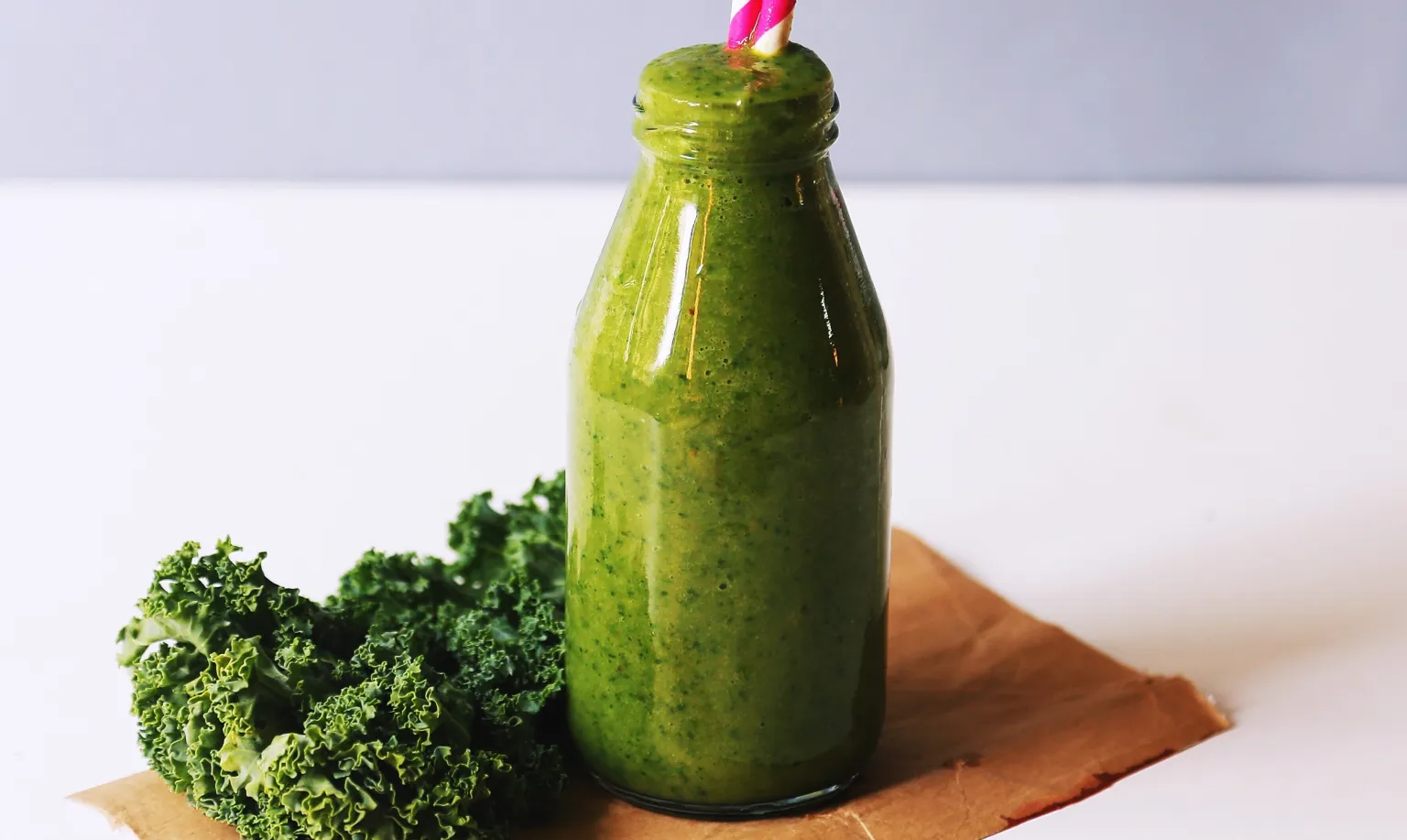













+ There are no comments
Add yours